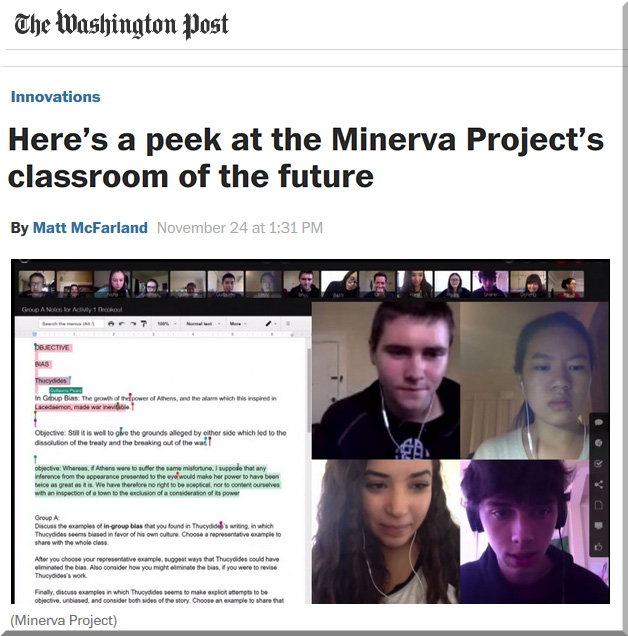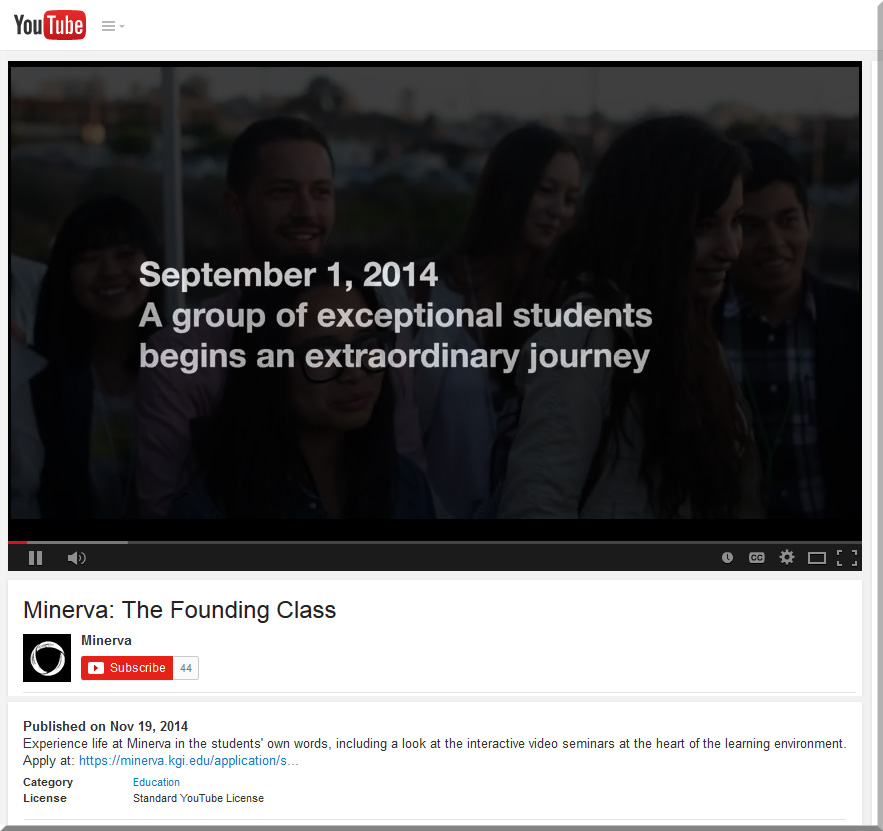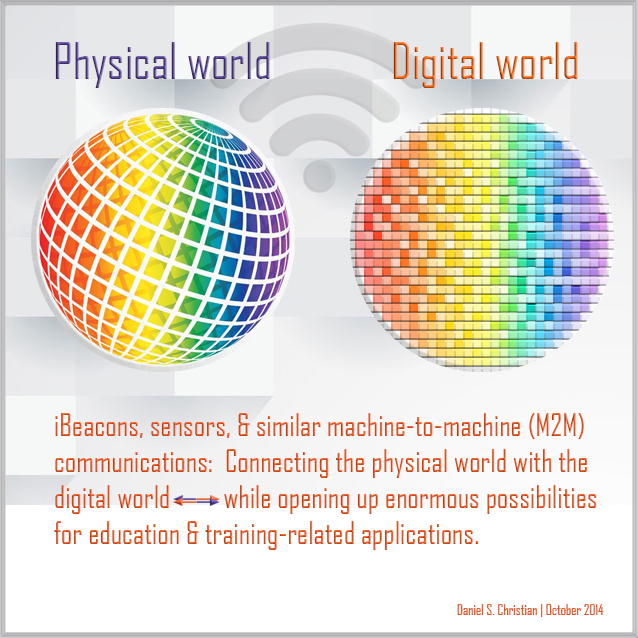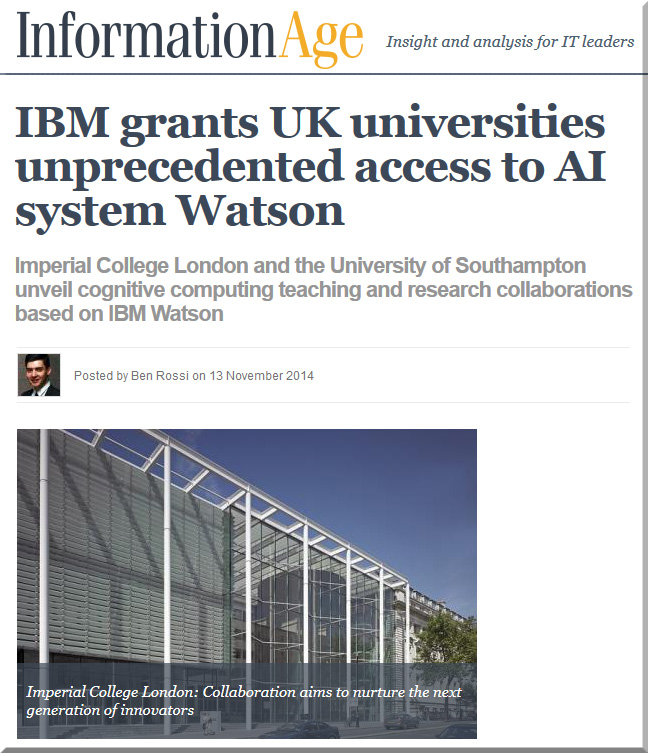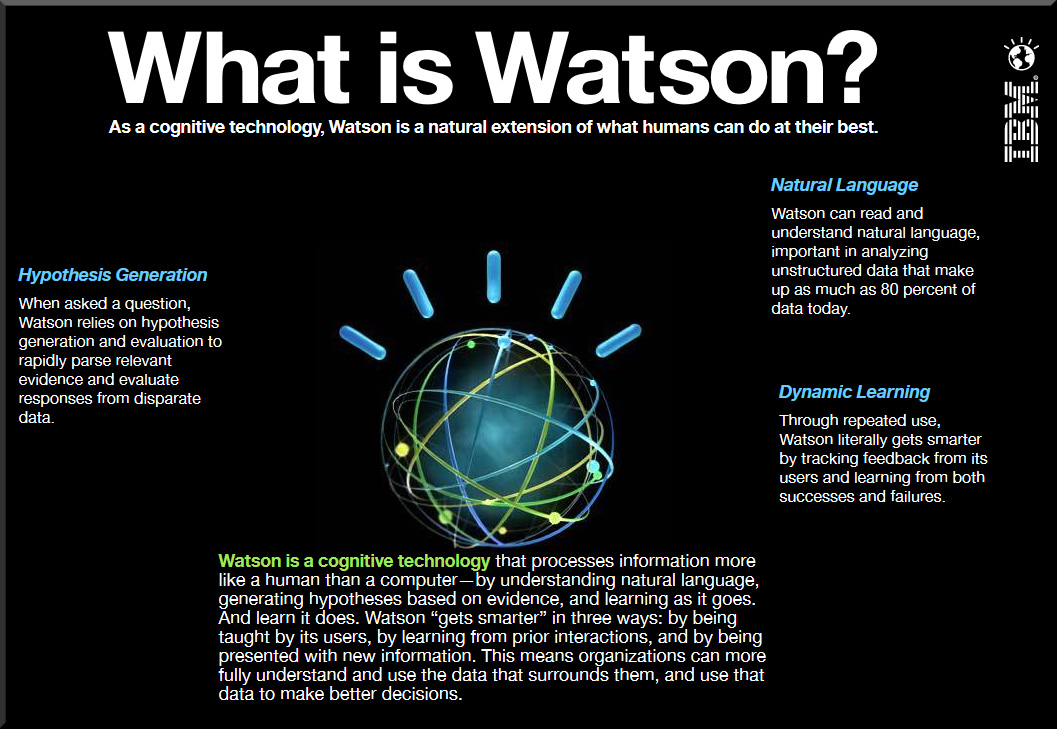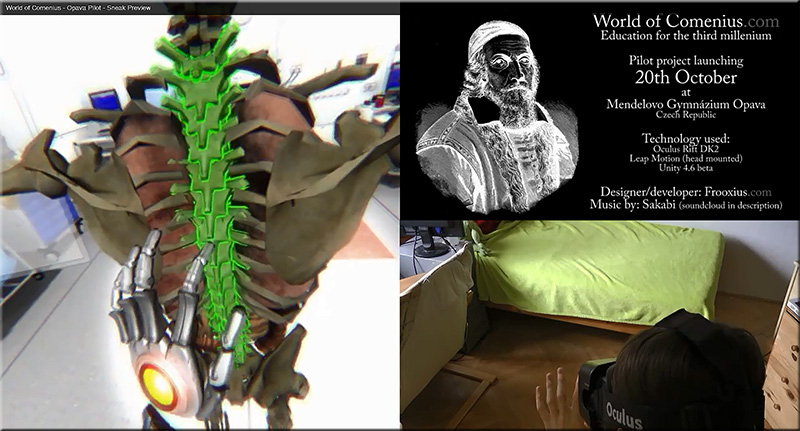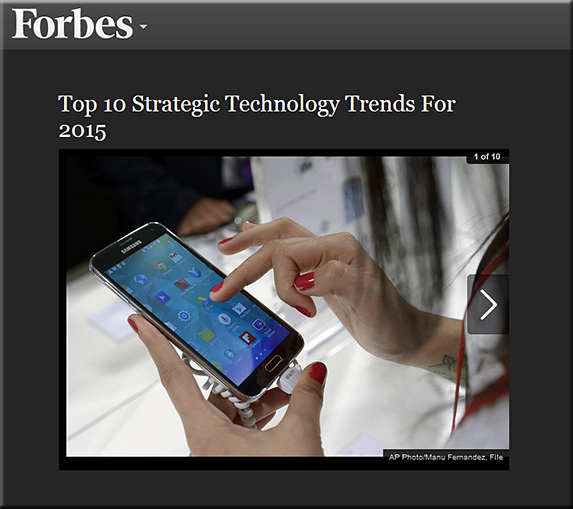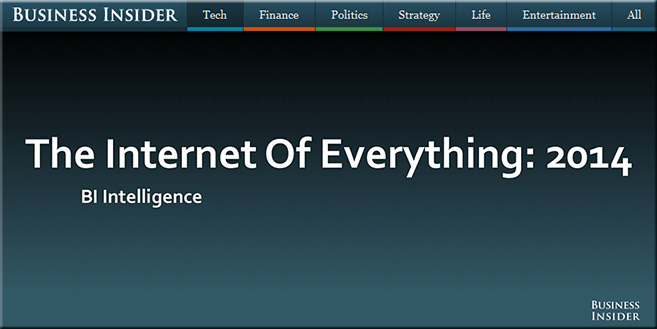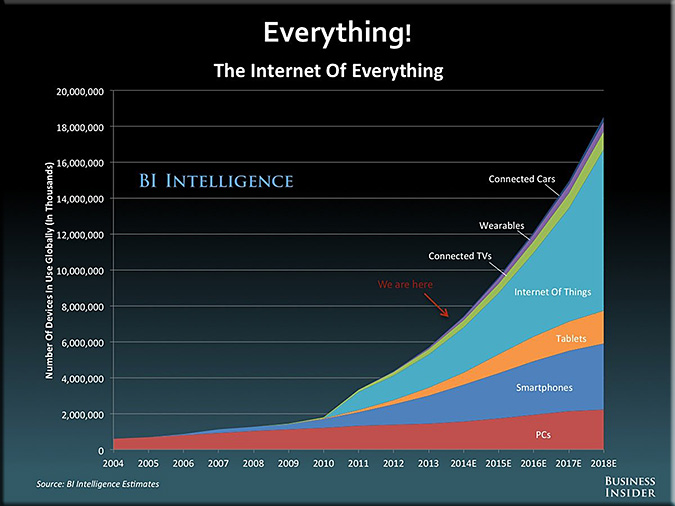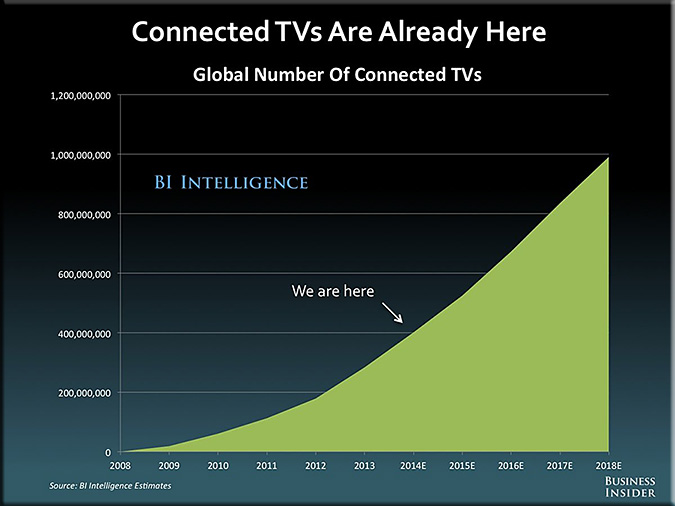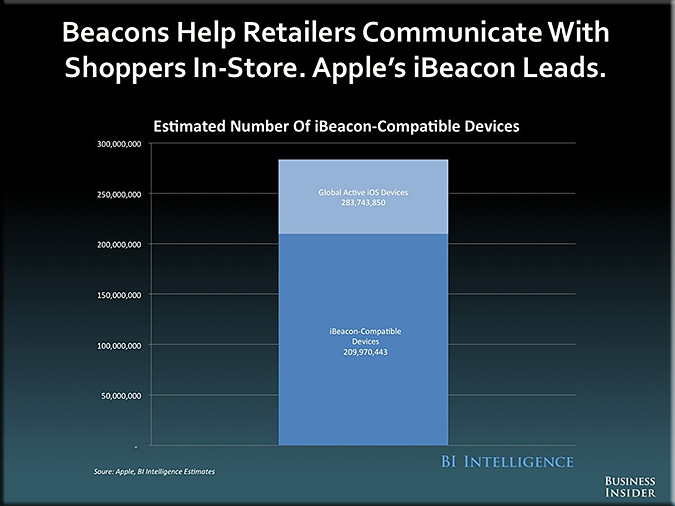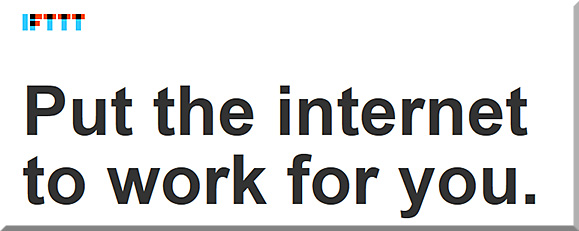How do we create an advanced experience ecosystem? — from uxmag.com by Dallas Sargent
Excerpt:
“The Internet of Things is interesting because it forces us to rethink the interaction paradigms we have with objects—that is, something is different about our engagement with a smart object versus a ‘dumb’ one,” writes Thomas Wendt in his recent UX Magazine article, “Internet of Things and the Work of the Hands.”
Whatever you choose to call the grayish area sitting at the intersection of wearable technology, customizable sensors, and enhanced connectivity, it seems likely that this is where the next major breakthroughs in experience design will take place. Cisco estimates that by 2020, there will be 50 billion things connected to the Internet, so whether we settle on the “Internet of Things,” “The Internet of Everything,” or an “Experience Ecosystem,” the space is primed for explosive growth.
As Wendt notes, there is something different about interacting with smart objects and, “It’s our job to understand what that something is.” That something has been illusive in recent years, with users adopting to wearable tech slowly and a noticeable lack of sophisticated communication between objects. After all, an object sharing information with your smartphone or tablet only constitutes a relationship, it takes many more overlapping relationships to create an ecosystem.
Also see:
Apple pioneer Bill Fernandez on Google Glass, Oculus Rift and the look of the future — from cnet.com by Jason Hiner
In his time at Apple, Bill Fernandez helped develop technologies that have shaped modern computing. He also has a keen perspective on what’s next.
Excerpt:
“The true user interface is the gestalt of many things: industrial design, ergonomics, internal hardware, performance, error handling, visual design, interaction, latency, reliability, predictability, and more. For this reason I’m glad to see my profession moving from the concept of user “interface” (where the user interacts with the screen) to user ‘experience’ (where more the above factors are considered),” said Fernandez.
“I can design the best user interface in the world on paper, but if it’s not implemented well by the hardware and software engineers (e.g. the product is slow or buggy) then the product will fail. If you do a really good job of designing a product then everyone who sees it thinks it’s so obvious that they could have done it themselves.”
…
“So there will be a seamless, multimodal UI experience using sight, sound, voice, head motion, arm movement, gestures, typing on virtual keyboards, etc. There have been pieces of this in research for decades. Only now are we beginning to see some of these things emerge into the consumer market: with Google Glass, Siri, etc. We have further to go, but we’re on the road.”
From DSC:
I’m intrigued with the overlay (or should I say integration?) of services/concepts similar to IFTTT over the infrastructure of machine-to-machine communications and sensors such as iBeacons. I think we’re moving into entirely new end user experiences and affordances enabled by these technologies. I’m looking for opportunities that might benefit students, teachers, faculty members, and trainers.











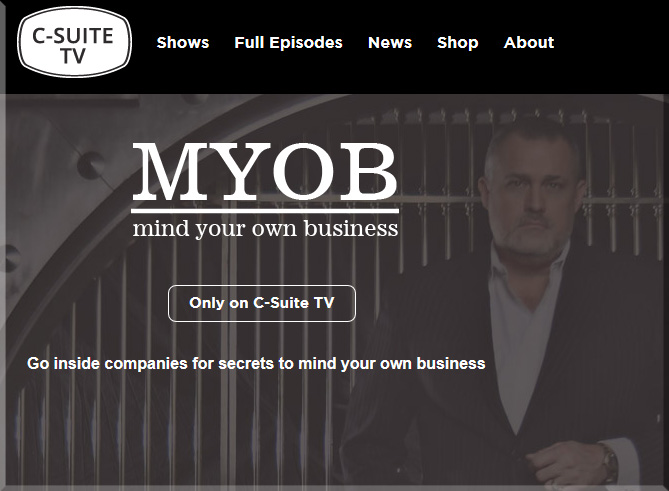


![The Living [Class] Room -- by Daniel Christian -- July 2012 -- a second device used in conjunction with a Smart/Connected TV](http://danielschristian.com/learning-ecosystems/wp-content/uploads/2012/07/The-Living-Class-Room-Daniel-S-Christian-July-2012.jpg)
